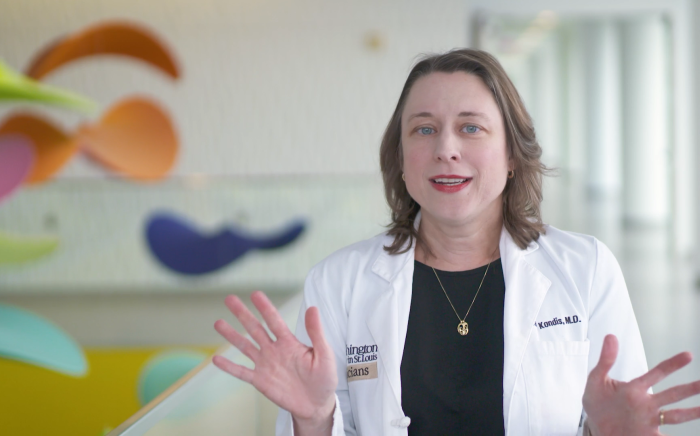You’ve noticed your son seems to have improper alignment in one of his eyes. You take him to his pediatrician and receive a diagnosis of amblyopia, more commonly known as lazy eye.
According to the National Eye Institute, as many as three out of every 100 children born in America are diagnosed with amblyopia. While this condition can be corrected, treatment must take place during childhood in order to be effective.
“The treatment options available for amblyopia are effective on both young and older children,” says James Hoekel, OD, FAAO, pediatric optometrist on the medical staff at St. Louis Children’s Hospital. “In many cases, treatment can correct both the child’s vision and the appearance of symptoms, which can include crossing eyes and drooping eyelids, although it is important to remember some patients don’t have obvious symptoms.”
Seeing Clearly
Common treatments for amblyopia include:
- Patching the child’s stronger eye. By placing a patch over the child’s stronger eye, the weaker eye is forced to focus. If this treatment is carefully watched by a physician, the weaker eye can be strengthened without hurting the stronger eye.
- Using atropine. Atropine works in much the same way as the patch—by making the child’s weaker eye take over. Each day, a drop of atropine is placed in the stronger eye to blur the child’s vision, allowing the weaker eye muscles to strengthen and eventually correct the condition.
To request an appointment with a physician at St. Louis Children's Hospital, call 314.454.5437 or 800.678.5437 or email us.












